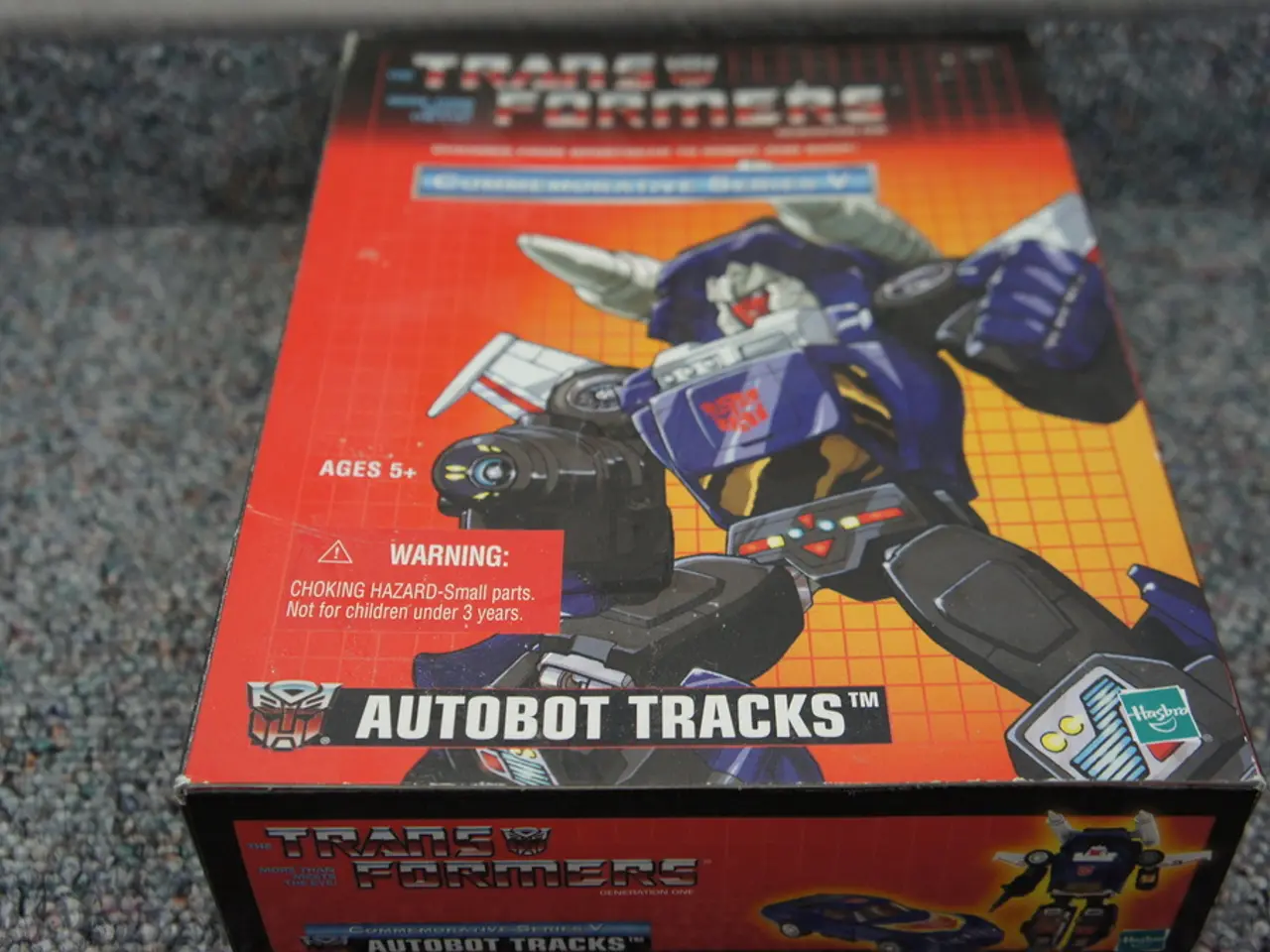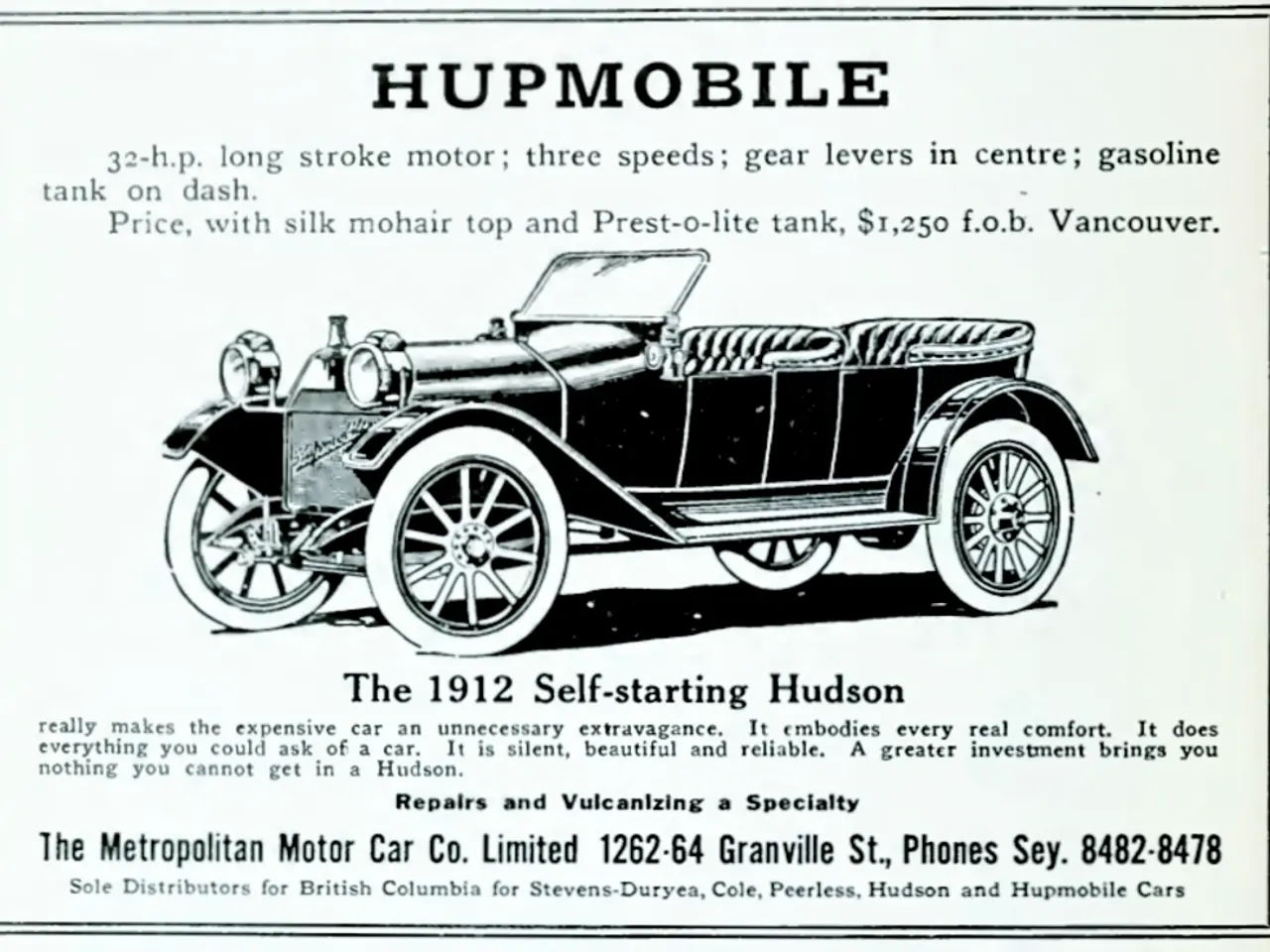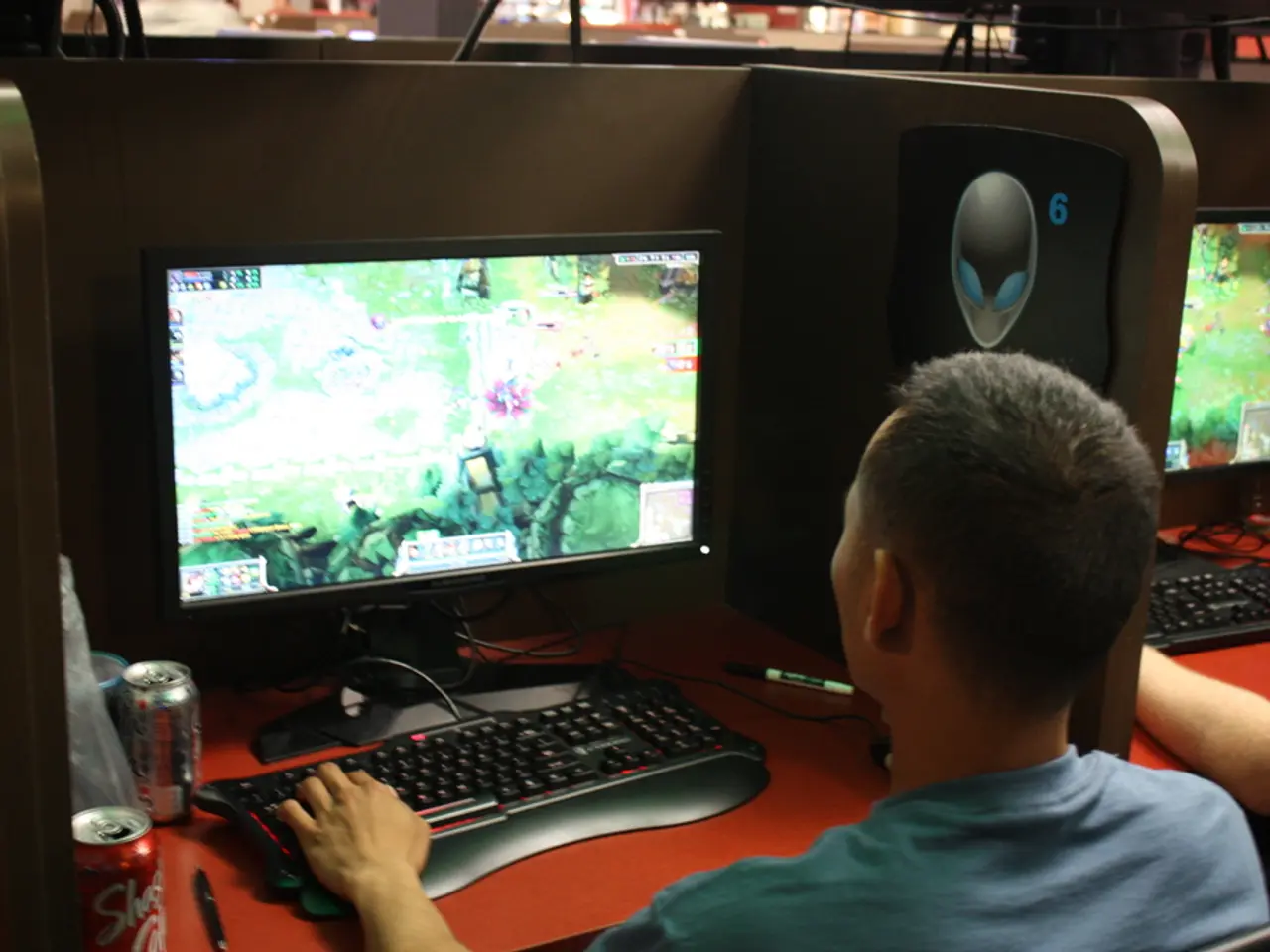Industrially Applied Artificial Intelligence: The Transformation of Manufacturing Processes via Learning Systems
In the rapidly evolving landscape of artificial intelligence (AI), a new form of technology is making waves in the industrial sector: Physical AI, also known as embodied AI. This innovative AI system allows machines to *perceive, understand, interact with, and manipulate the physical world* through robotic bodies or physical agents [1][3].
Physical AI integrates AI algorithms with physical components like sensors (cameras, LiDAR, infrared), actuators, and mechanical systems, enabling machines to operate in real-world environments. The process follows a closed-loop of *"Sense → Think → Act,"* where machines sense their surroundings, process this information via edge AI inference in real time, and immediately perform actions such as robotic manipulation or movement [1][3].
The benefits of Physical AI in industrial automation are numerous. It offers real-time decision-making and responsiveness, enhanced autonomy, robustness in diverse environments, and the ability to bridge the digital and physical worlds [3]. Machines can adapt behaviors dynamically to physical feedback, allowing more flexible and precise manipulation, locomotion, or force application [1].
One of the key solutions developed by the KION Group is using Physical AI in a digital twin of a warehouse before deployment. This approach allows intelligent robots to be trained in a simulated environment, reducing errors in real operations [2]. Simulating typical production processes also accelerates adaptation to new tasks for humanoid robots [2].
While Physical AI focuses on direct interaction with the physical world, Generative AI primarily concentrates on creating or optimizing digital content and processes. In manufacturing, Generative AI is widely used for accelerating product design, process optimization, predictive maintenance, and cost savings [2][4].
The key differences between Physical AI and Generative AI lie in their core functions, action modes, deployment, applications in industry, and outcomes. Physical AI directly interacts with the physical world via robotic systems and sensors, while Generative AI creates and optimizes digital designs, processes, or provides data-driven insights without physical actuation [2][4].
Together, Physical AI and Generative AI form complementary pillars, advancing industrial automation by bridging digital intelligence with physical action. Digital Twins are central to Physical AI, serving as virtual replicas of warehouses, machines, or production lines for analysis, simulation, and optimization [1].
Physical AI is becoming economically interesting for medium-sized companies due to decreasing costs and technical developments [2]. It is indispensable for automation requiring immediate tactile interaction and adaptation, expanding the spectrum of automatable activities, even in areas previously considered too complex, expensive, or unstable [1].
Sources: [1] KION Group. (2021). Physical AI: The Future of Industrial Automation. Retrieved from https://www.kiongroup.com/en/newsroom/news/physical-ai-the-future-of-industrial-automation/ [2] NVIDIA. (2021). Physical AI: The Next Frontier in AI Research. Retrieved from https://www.nvidia.com/en-us/blog/physical-ai-the-next-frontier-in-ai-research/ [3] Microsoft. (2021). Edge AI and the Future of Industrial Automation. Retrieved from https://www.microsoft.com/en-us/ai/edge-ai-and-the-future-of-industrial-automation [4] McKinsey & Company. (2020). The Future of AI in Manufacturing. Retrieved from https://www.mckinsey.com/business-functions/mckinsey-digital/our-insights/the-future-of-ai-in-manufacturing
- Despite Generative AI's focus on digital content creation and optimization, the manufacturing industry also employs environmental finance strategies to minimize environmental impact, ensuring a sustainable future for the Environmental Manufacturing Industry.
- As Physical AI continues to advance and become economically viable for medium-sized companies, the integration of technology in manufacturing processes is likely to necessitate the development of advanced technology infrastructures, escalating the need for collaborative efforts between the manufacturing, finance, and technology sectors.




